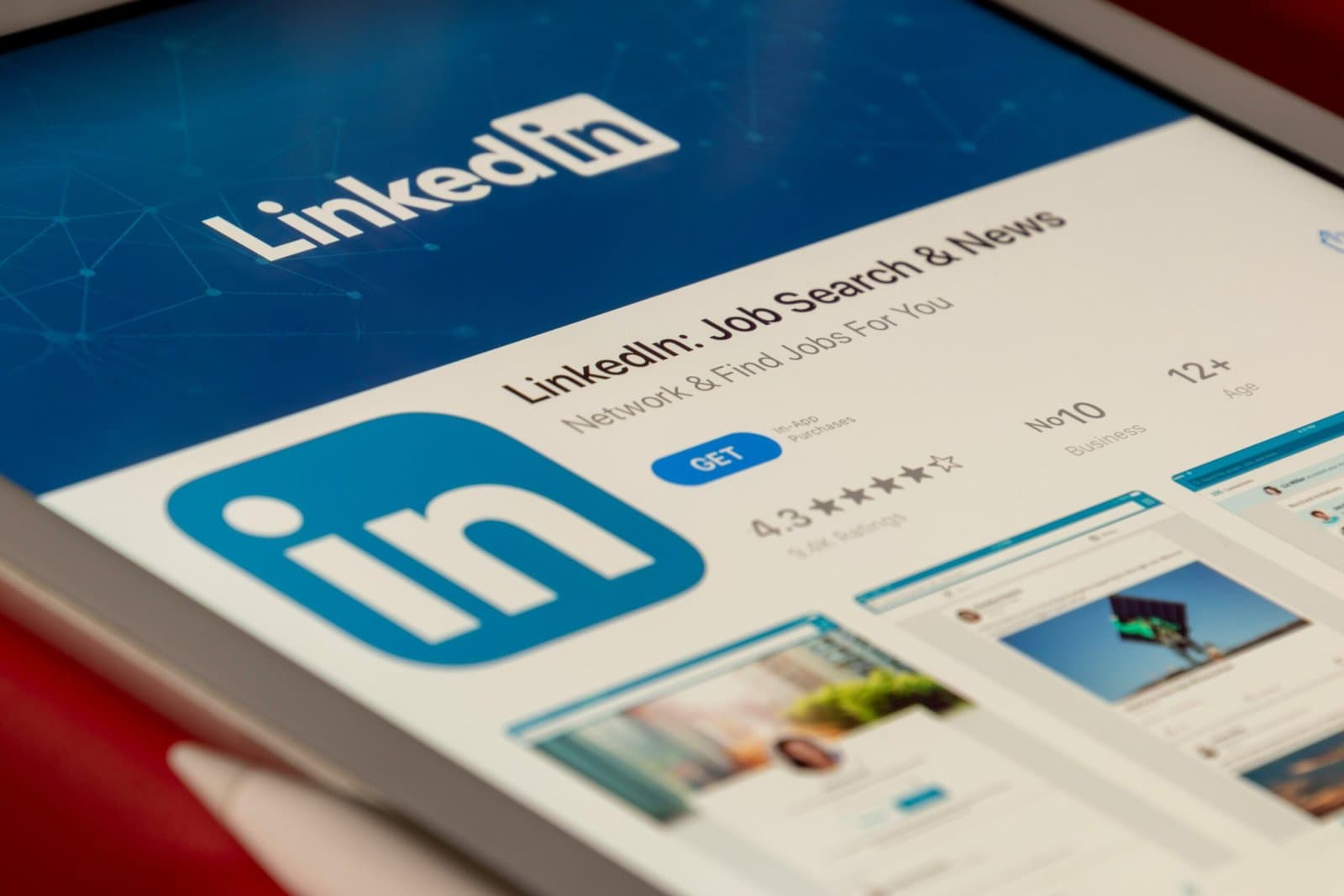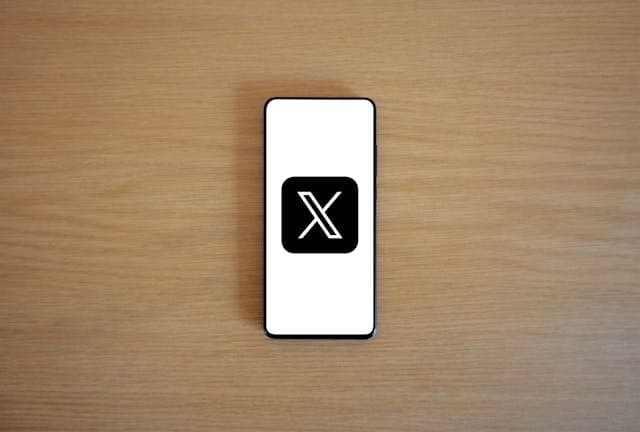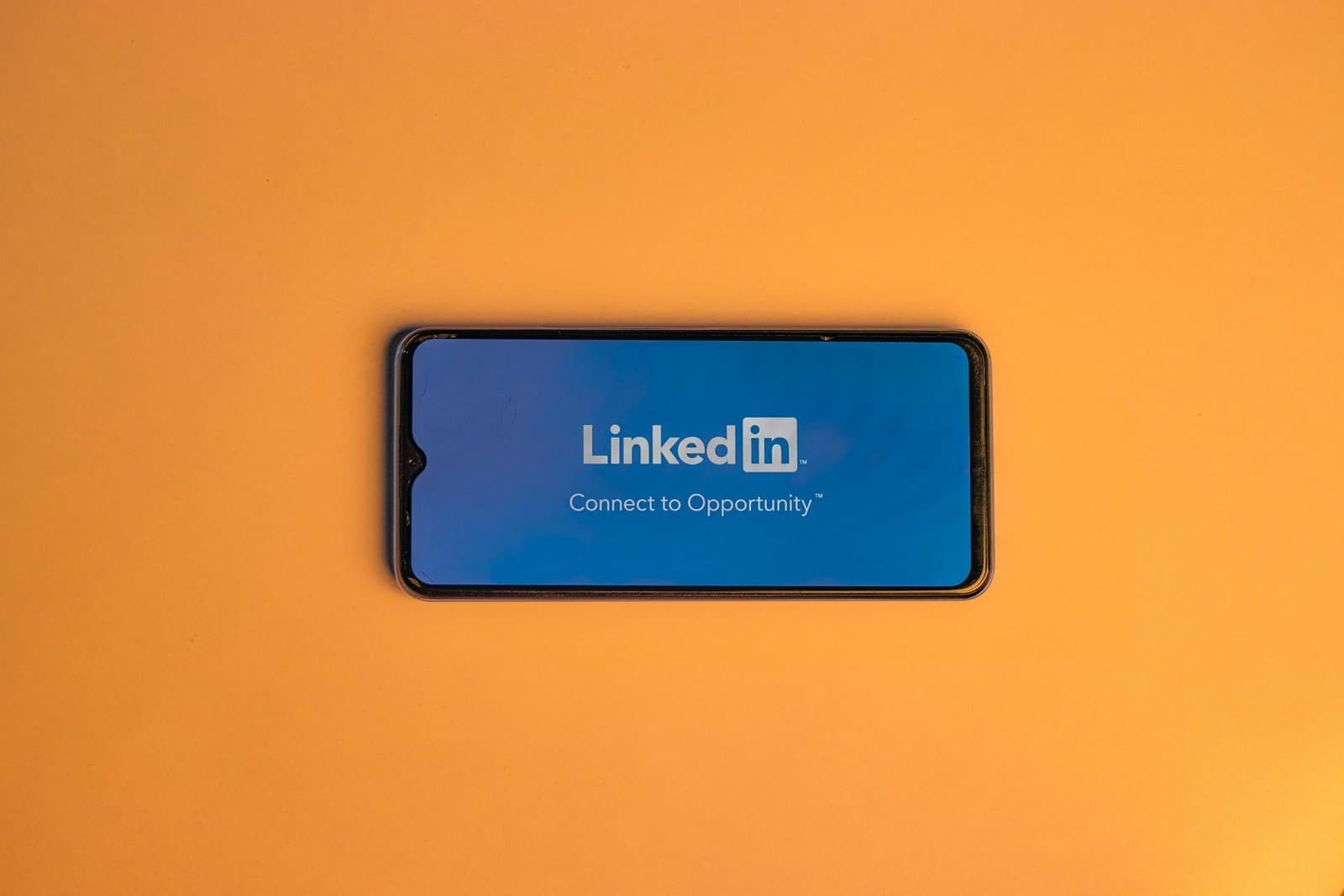
5 Steps To Set Up An Effective Meta (Facebook) Ads Campaign
Running meta ads without a solid strategy is quite risky. You could be setting yourself up for failure, potentially losing significant money with no results. Setting up Meta (Facebook) Ads campaigns the right way makes all the difference. To avoid holding your head at your desk, here are 5 steps to help you launch effective Meta ads that actually convert: Step 1: Audit Your Facebook Ads Account If you’re reading this, you already have a Facebook ad account. So, what to do first is to assess what is already there. If you have noticed you are not succeeding as you want, an audit is what you should do first. Here are what you should check out: -Are past campaigns performing well? Take a deep dive into your previous campaigns. Look for metrics such as reach, engagement, click-through rates, and conversions. Identify which campaigns performed well and which didn’t meet expectations. Understanding the reasons behind their performance will inform your future strategies. -What audience segments worked? Review the audience segments you targeted in your past campaigns. Determine which demographics responded positively and which ones fell flat. This analysis will help refine your targeting, allowing you to focus on the audiences most likely to convert. -What ad creatives had the best engagement? Assess ad creatives you’ve used, including images, videos, and copy. Identify which ads generated the highest engagement rates, such as likes, shares, comments, and click-throughs. Note the elements that resonated with your audience and use these insights to guide your creative strategy moving forward. However, your audit will look a bit different if you’re working with a new account. Focus on ensuring everything is set up correctly, establish your objectives, define your target audiences, and create compelling ads aligning with your brand message. Taking the time to lay a solid foundation will pay off in the long run. Step 2: Structure Your Facebook Ad Account Properly A well-structured account equals better tracking and smoother campaign management. At a basic level, make sure: You’ve set up your Business Manager. Your Facebook Page and Instagram account are linked. Your payment method is valid. You’ve created a Facebook Pixel and set up Events for tracking. Also, organise your ad campaigns into clear naming conventions. It makes optimisation 10x easier down the line. Step 3: Choose the Right Campaign Objective This part can make or break your ad’s success. Meta gives you options like: Awareness Traffic Engagement Leads Sales You select these options based on your business goal. If you want people to register for a course, use Lead Generation. If you’re running an eCommerce store, Sales is your best bet. Step 4: Nail Your Targeting Let’s be real — Facebook’s targeting tools are insanely powerful if you know how to use them. This step is where your ad game goes from “meh” to “money well spent.” Here’s how to get it right: 1.Core Audiences: Start with the Basics Want to reach people in Lagos who love skincare and are between 18 and 35? Done. Facebook lets you target by: Location – down to the city or even the neighbourhood Age & Gender – super useful if your product is for a specific group Interests – whether it’s fashion, fitness, tech, or cooking Try combining interests to narrow it down. For example: “Fitness + Women’s Health + Home Workouts.” That’s sharper than just “fitness.” 2.Custom Audiences: Retarget Your Warm Crowd These people already know you — your website visitors, video watchers, Instagram engagers, email list, etc. These folks are warmer and closer to buying. You’re not shouting into the void — you’re nudging people who’ve already noticed you. Think: “Hey, saw you checking us out. Let’s talk.” 3.Lookalike Audiences: Find More People Like Your Best Fans Here’s where Facebook gets clever. You can tell it: “Hey, these people engaged with my brand. Go find others just like them.” Start small (1% lookalike audience) and scale up once you’re getting good results. 4.One Big Warning: Don’t Overlap Your Audiences If you’re running ads to similar groups in different campaigns, Facebook could be competing with itself, and you’ll end up paying more. Use the Audience Overlap Tool in Ads Manager to make sure you’re not doubling up. Bottom line: Your targeting can make or break your ad performance. So take your time here, test different audiences, and watch your results climb. Step 5: Plan Your Creatives & Strategy Like a Pro Okay, you’ve nailed your targeting — now it’s time to make your ads look and sound amazing. This is the fun part… but also the part where many people mess up. Let’s not be those people. Grab Attention with Visuals People scroll fast. You’ve got maybe 2 seconds to stop them in their tracks. Use: Scroll-stopping videos or images High contrast colours, bold text, or movement Human faces and emotions (they always win) Bonus: Use Reels-style videos or trending formats. Native content = better results. Write Copy That Converts Keep your message simple, clear, and bold. What problem are you solving? Why should they care? And most importantly… what should they do next? CTA examples: “Shop Now” “Download Free Guide” “Book a Free Call” And don’t forget: match the tone to your brand (fun, serious, helpful, etc). Match the Landing Page Don’t send people to your homepage and hope for the best. Make sure your landing page: Matches the ad’s promise Loads fast (especially on mobile) Has a clear next step (buy, sign up, learn more) Strategise Your Campaign Now that your creatives are ready, decide on the game plan: How long will your campaign run? 7 days? 30 days? Daily or lifetime budget? Start small and scale. What will you test? Maybe image A vs image B. Or CTA 1 vs CTA 2. That’s called A/B testing, which is how the pros figure out what works. Don’t “Set It and Forget It” Meta ads aren’t magic. One ad won’t make you go viral overnight. You need to test, tweak, and scale what works










